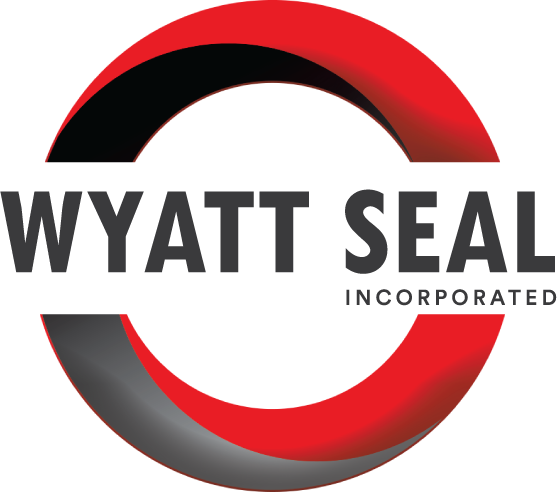![What You Need to Know About O-ring Shelf Life [Blog]](https://www.wyattseal.com/hs-fs/hubfs/Images/Blog%20Photos/What%20You%20Need%20to%20Know%20About%20O-ring%20Shelf%20Life%20%5BBlog%5D.jpg?width=6000&height=4000&name=What%20You%20Need%20to%20Know%20About%20O-ring%20Shelf%20Life%20%5BBlog%5D.jpg)
Not all O-rings are created equal when it comes to O-ring shelf life, as materials deteriorate at different rates. O-rings play an essential role in many types of equipment, and they may fail if the seals are not stored properly or past their useful lifespan. Failed O-rings can lead to equipment damage, unscheduled downtime, and safety hazards.
What is Shelf Life?
Shelf life is the maximum amount of time an appropriately packaged seal is expected to last between the time of manufacture and the time the seal is put into use. Shelf life varies according to the type of O-ring or industrial seal. When a seal has been in storage longer than its shelf life, even under ideal conditions, it is no longer serviceable for its intended purpose.
Maintaining seals throughout their intended shelf life involves providing a storage environment free from light, oxygen, ozone, and chemicals. Excessive heat, freezing temperatures, and physical impact may cause permanent damage to elastomers, rendering them useless.
Be sure to check elastomeric products before installation to confirm that they are in good serviceable condition. Hardening, softening, stickiness, cracking, and discoloration all indicate that there may be a problem with the seal.
Factors Affecting the Shelf-Life of O-rings
O-ring material is not the only factor affecting industrial seals' shelf life. Operating and storage conditions can decrease their lifespan, and rubber can crack, harden, soften, or degrade in ways that make it unsafe for its intended use. In addition, most O-rings have a widely accepted shelf life, which helps manufacturers prevent catastrophic failure due to an old seal.
Environmental factors influencing O-ring shelf life include stress and strain on the seal, humidity, light, radiation, temperature, and ozone. Contact with various other materials can also impact O-rings, including elastomers, liquid and semi-solid materials, dusting powder, and metals.
O-Ring MAterial Shelf Lifetime and storage recommendations
The Society for Aerospace Engineers (SAE) has issued guidance for O-ring shelf life based on the material used. When stored properly, O-rings have a shelf life of the following:
|
Shelf Lifetime |
Unlimited (25 Years) |
15 Years |
5 Years |
|
Material |
|
|
|
|
Storage Conditions |
|
|
|
If you need help navigating this process to find the right seal for your project, talk to a seal expert at Wyatt Seal. We’ve spent 50 years building relationships with seal manufacturers worldwide to offer you access to thousands of seals, gaskets, O-rings, and other specialty items for any application.

